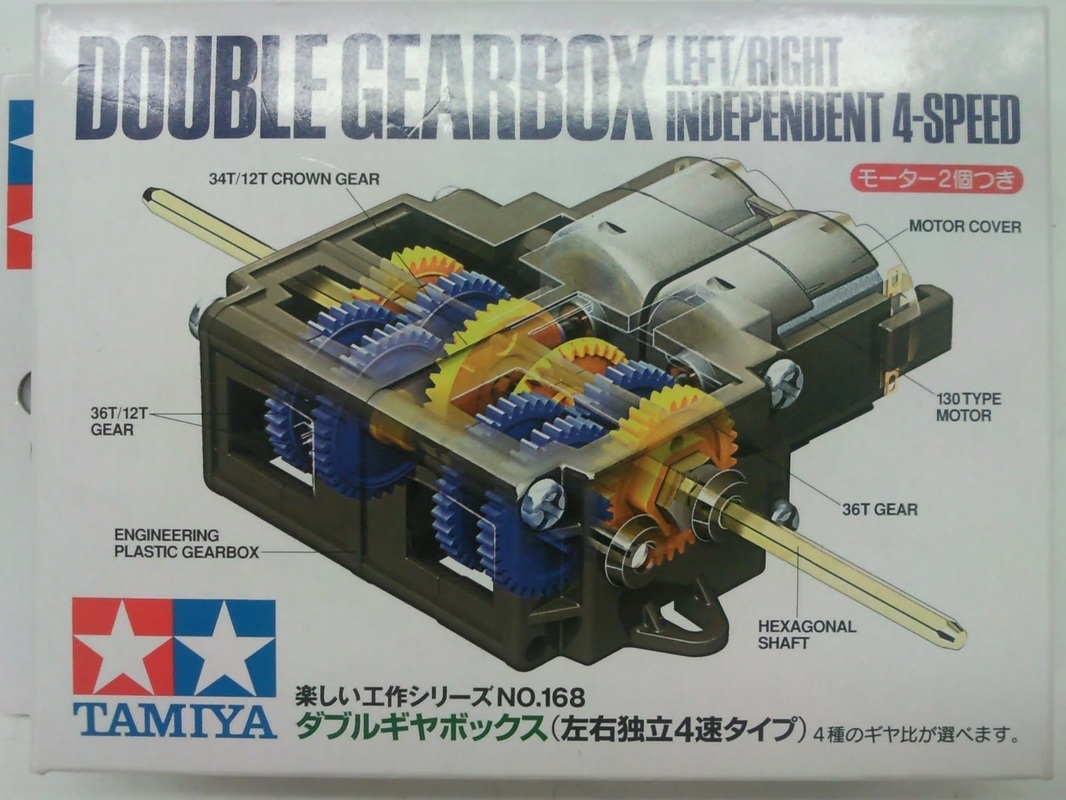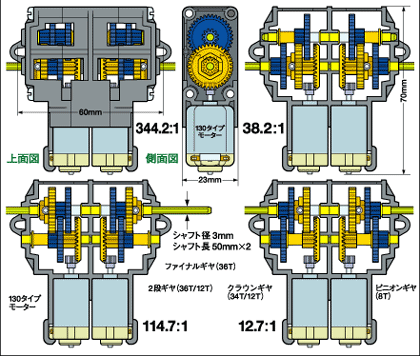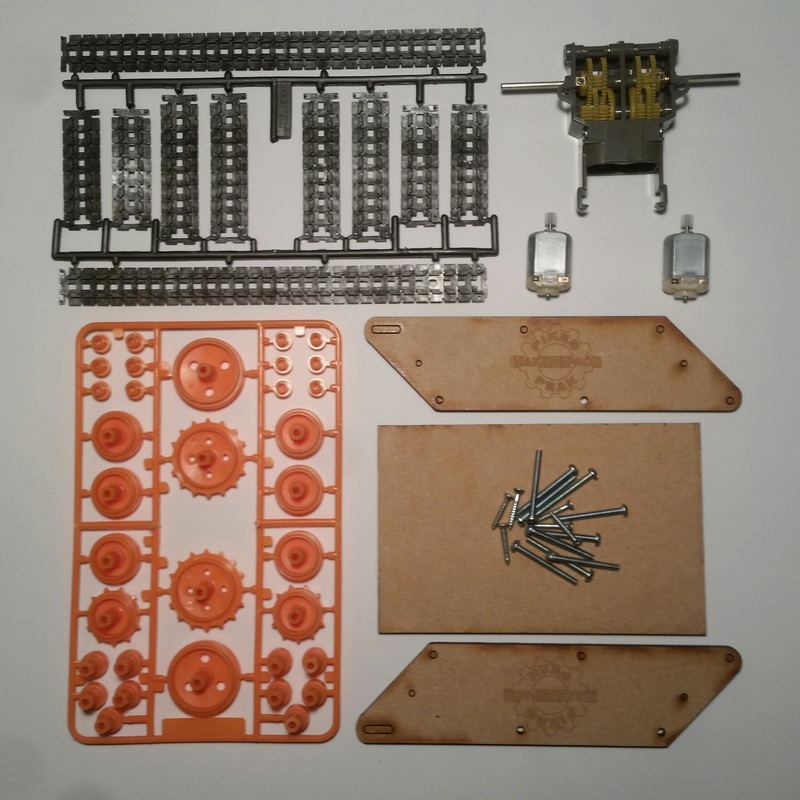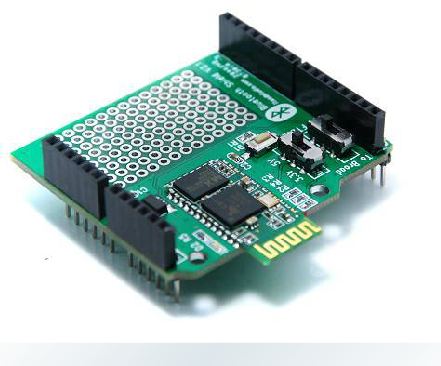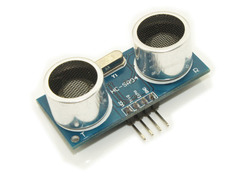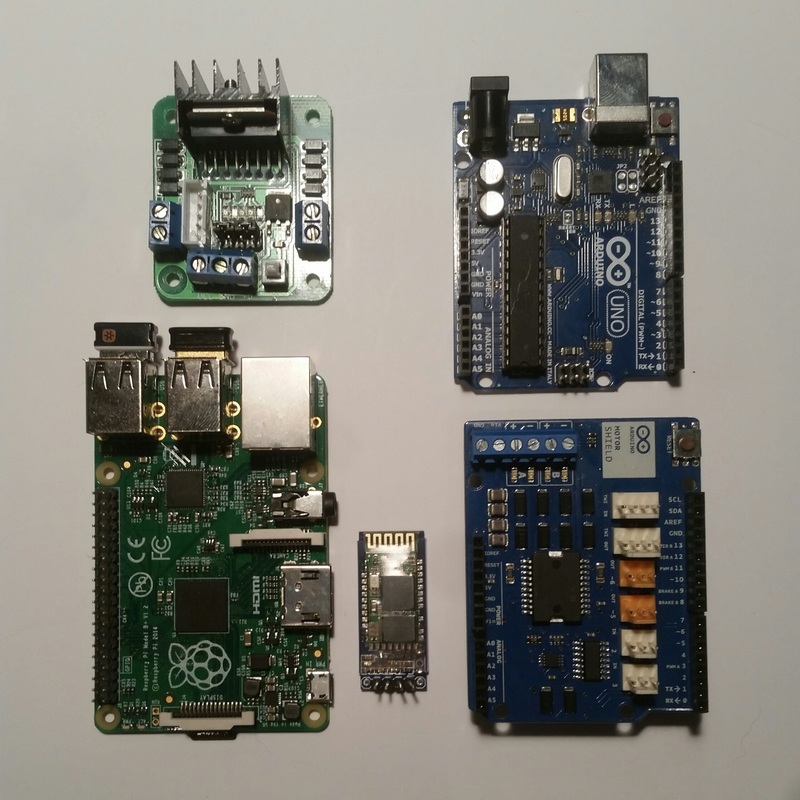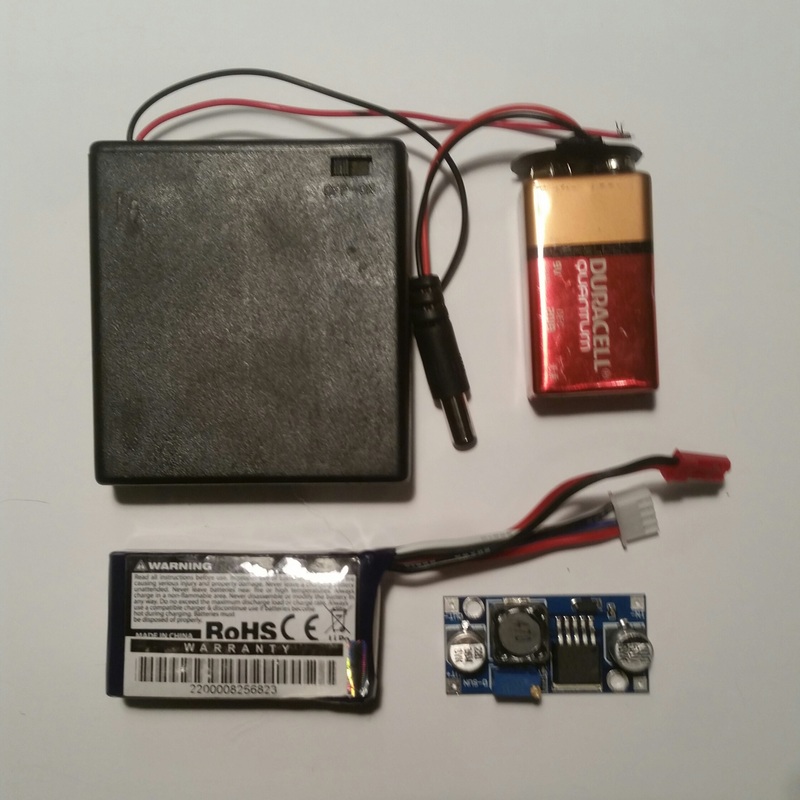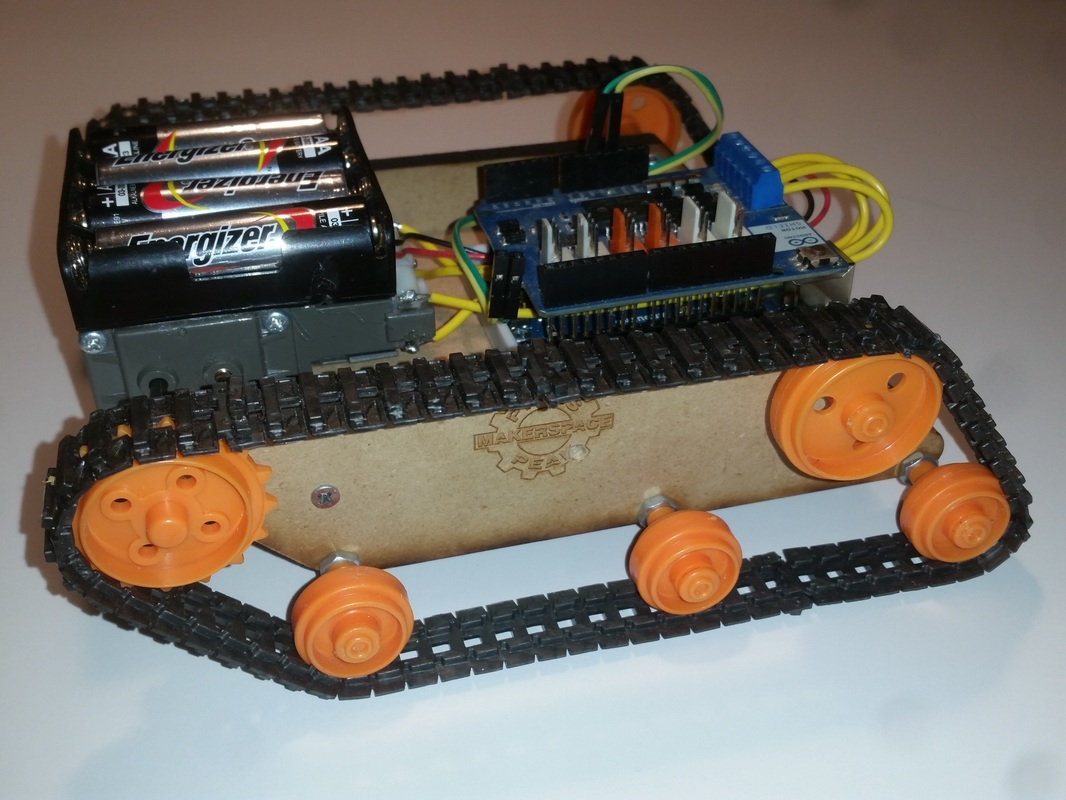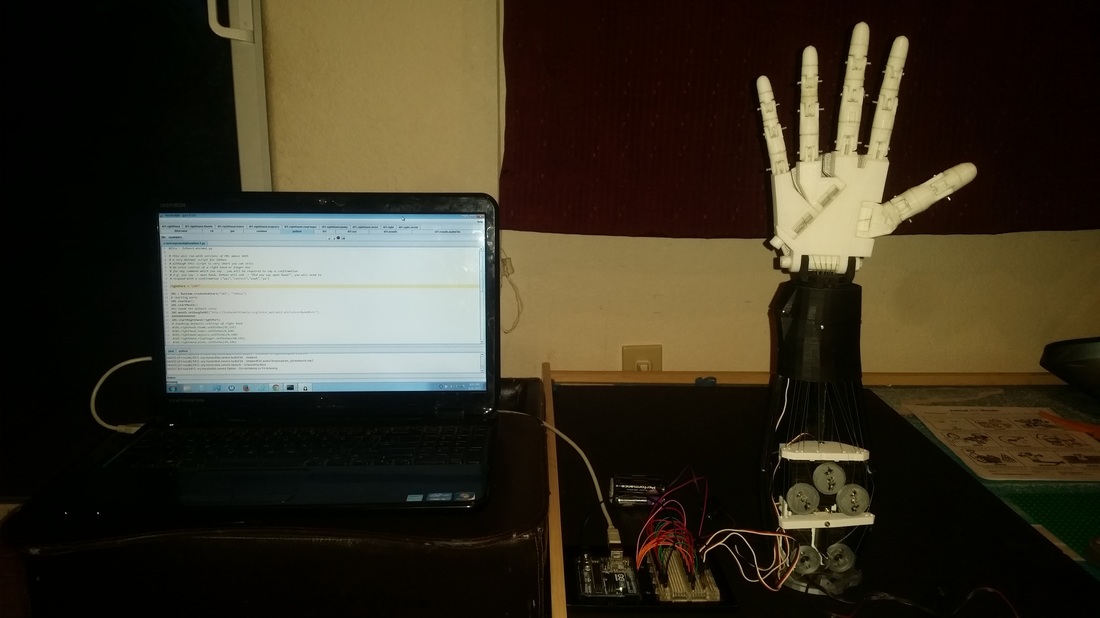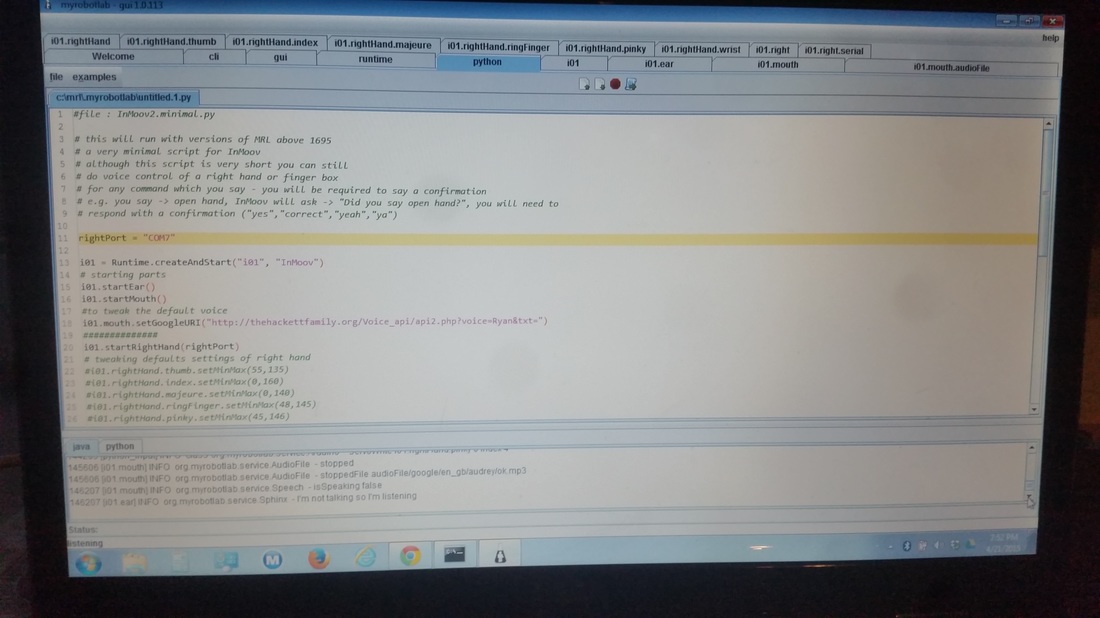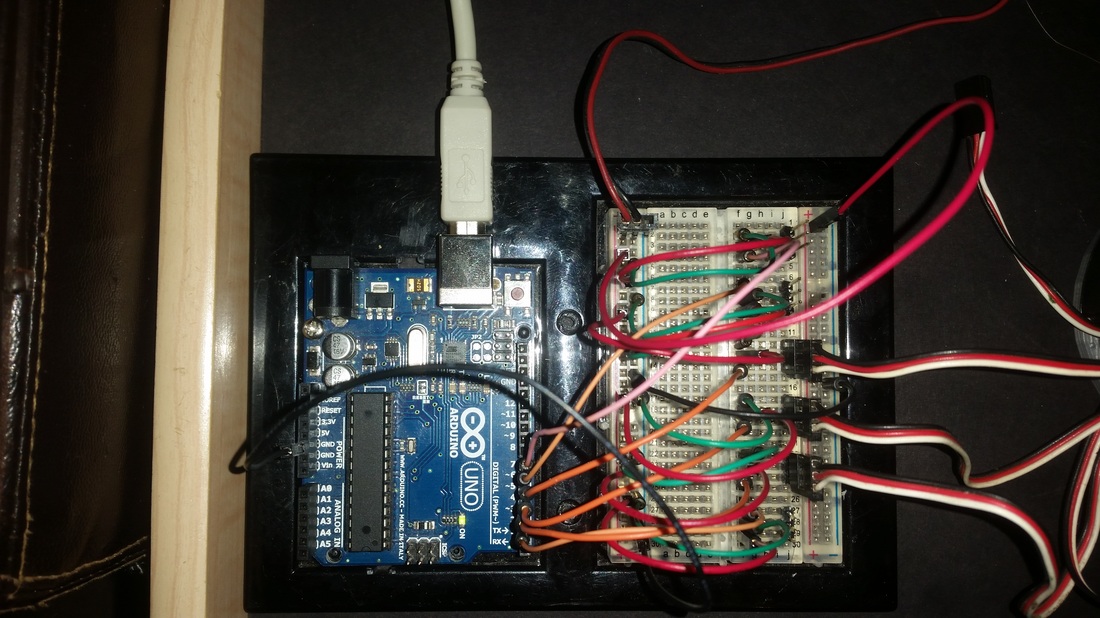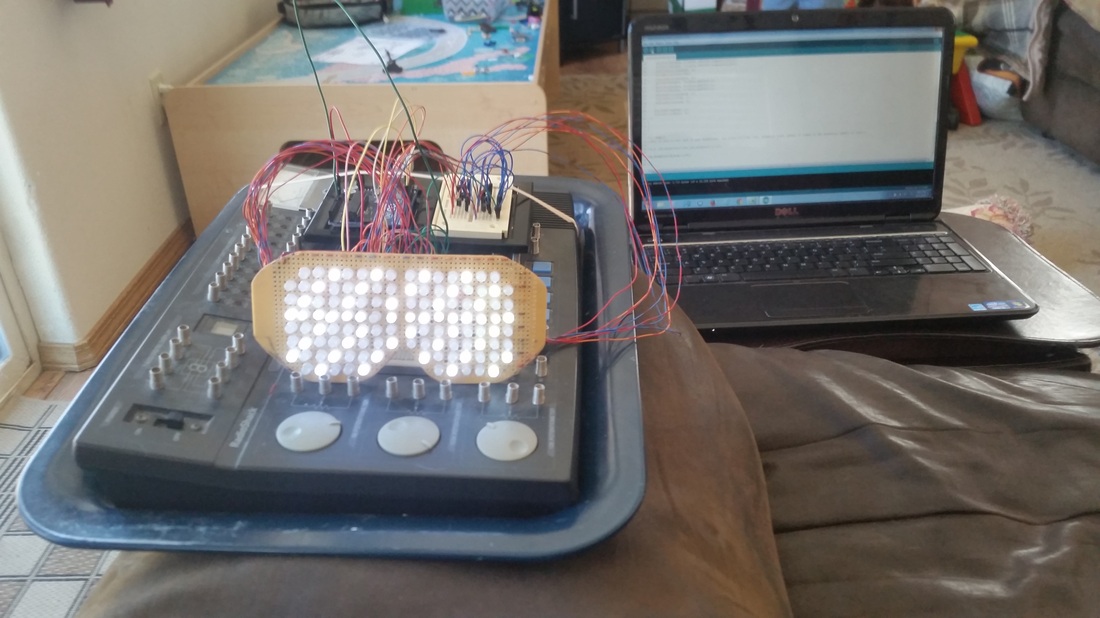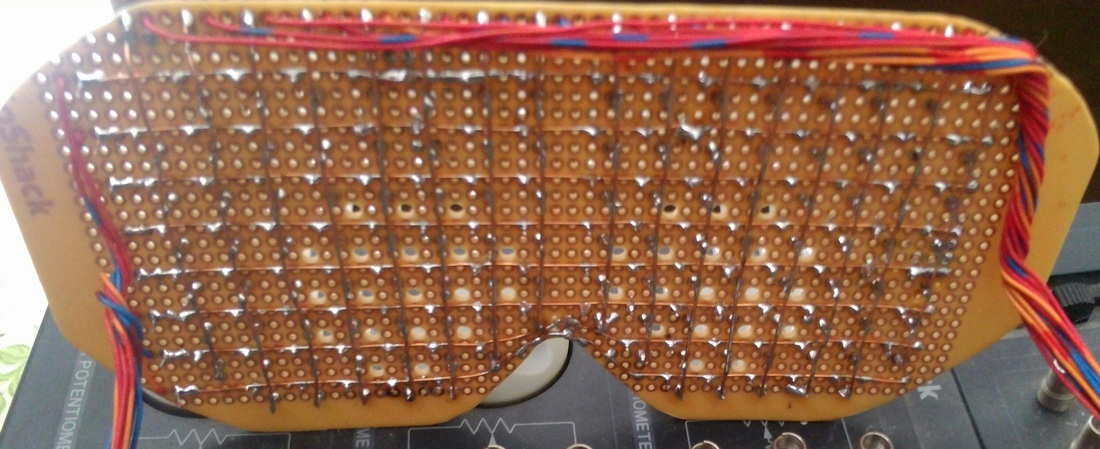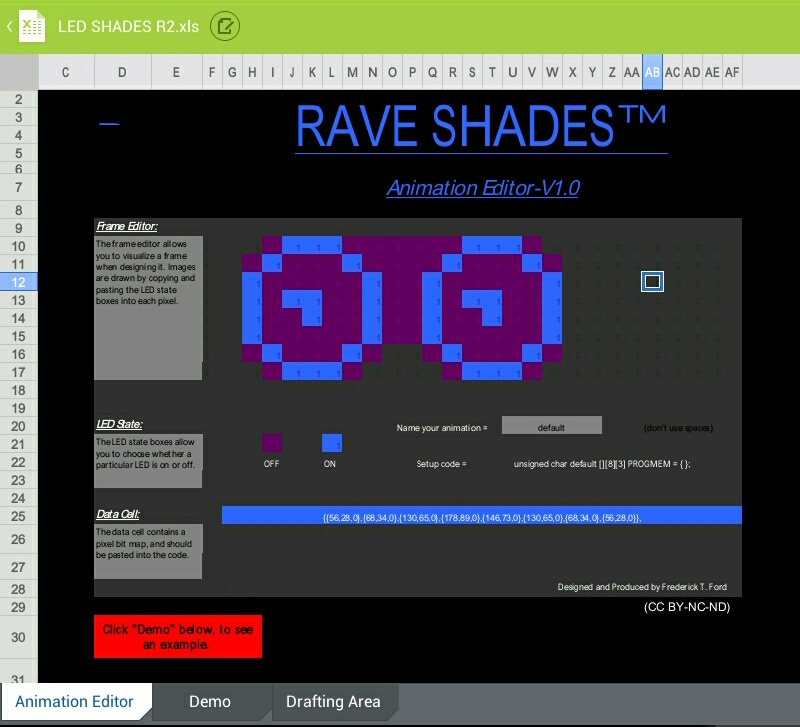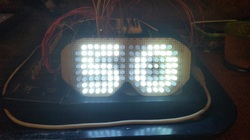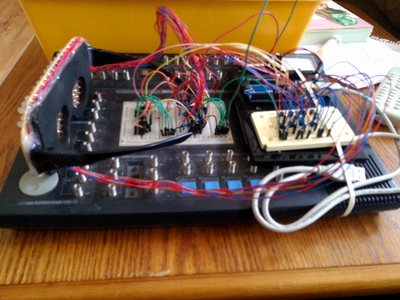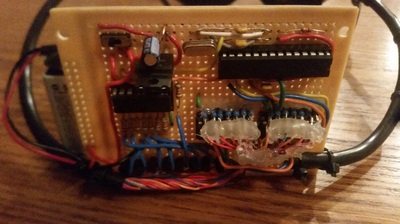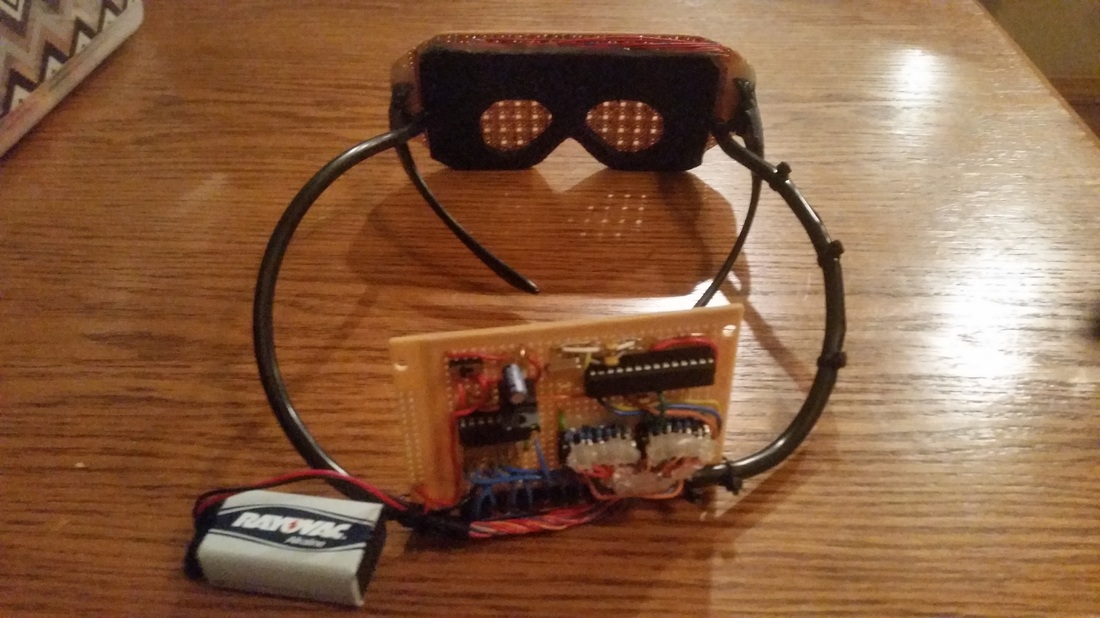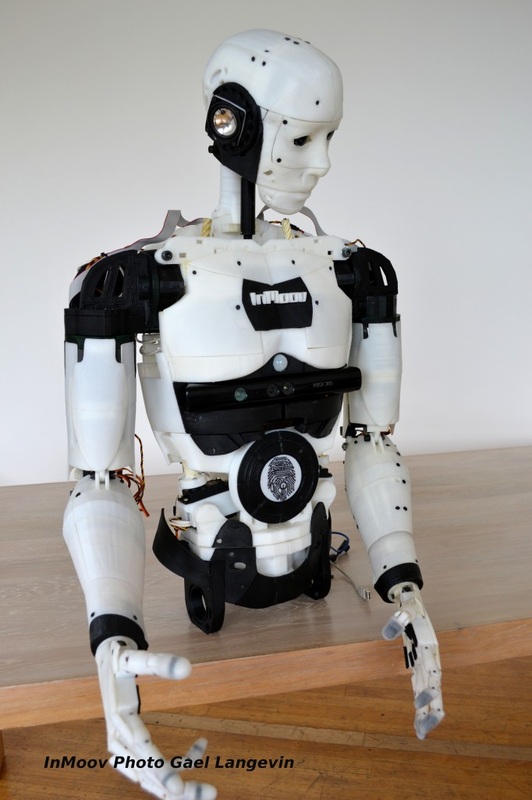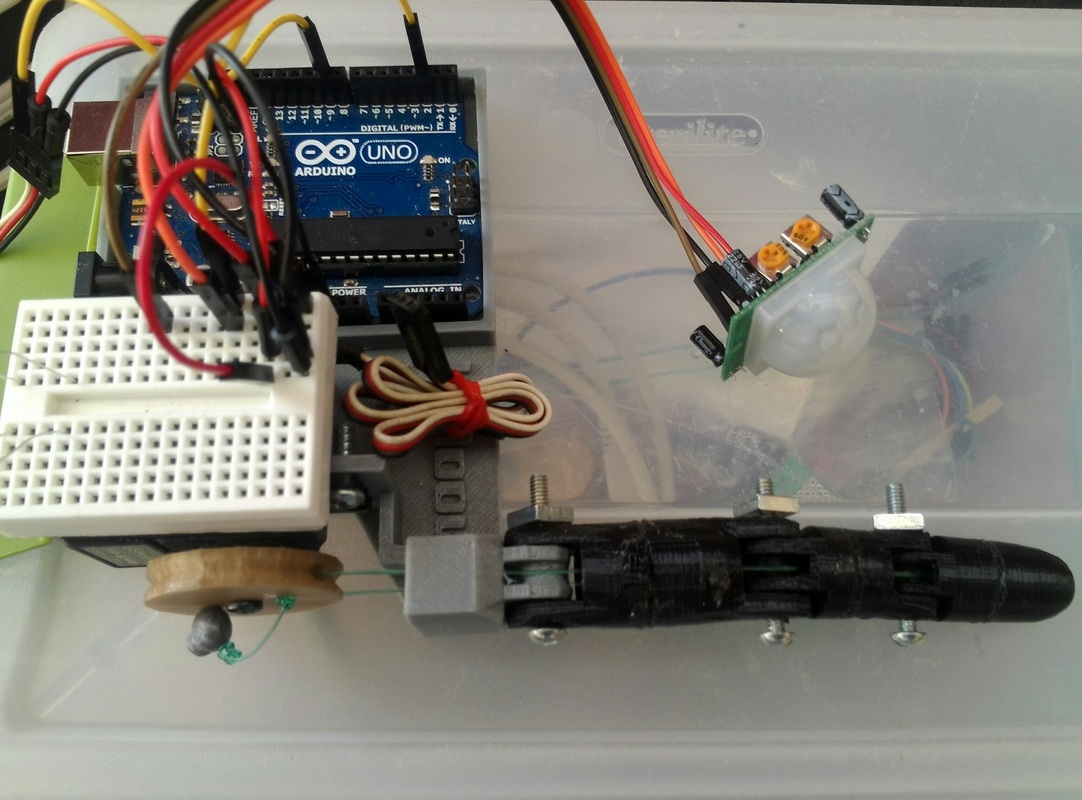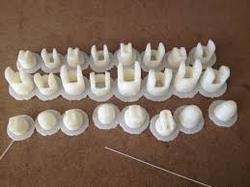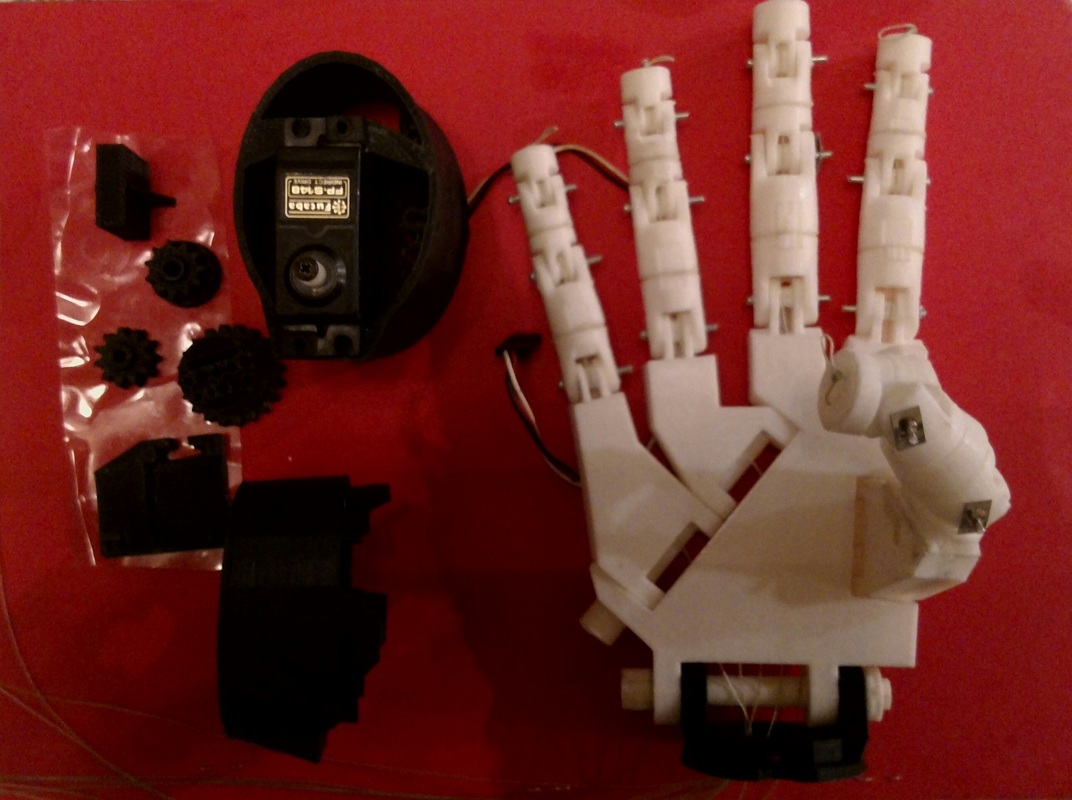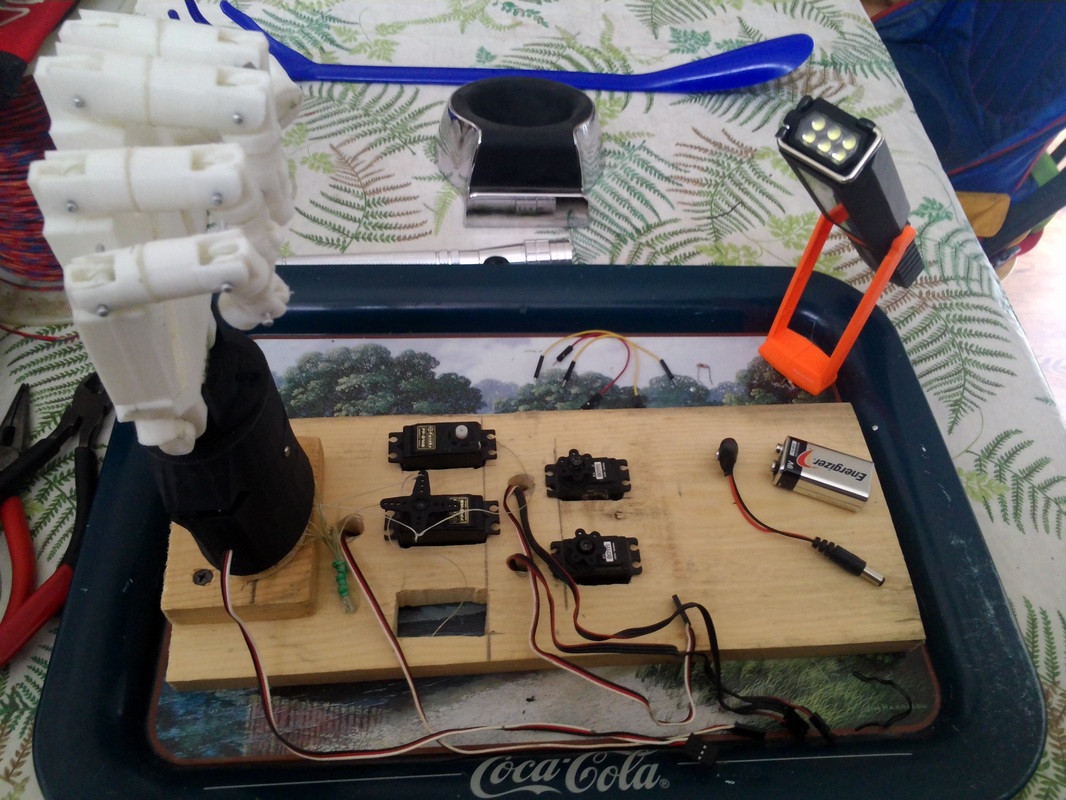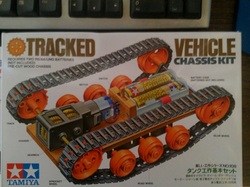
The chasis kit is an easy way to get started, but does have some draw backs. The motor and gearbox you get with the kit has a solid axle, so there is no way to independently control the left and right tracks. To do this you willneed the dual gearbox. The chasis is also narrow, leaving little room for electronics. For these reasons I would recommend buying the tread kit and making your own chasis.
| Once you have a rolling chasis with a drive train it's time to get creative and decide what components to load up your chasis with. Ive used Arduino and RaspberryPi boards as my controller paired with motion sensors, ultra sonic distance sensors, light sensors etc. Ive also had success controlling the device wirelessly using both bluetooth and wifi modules. |
